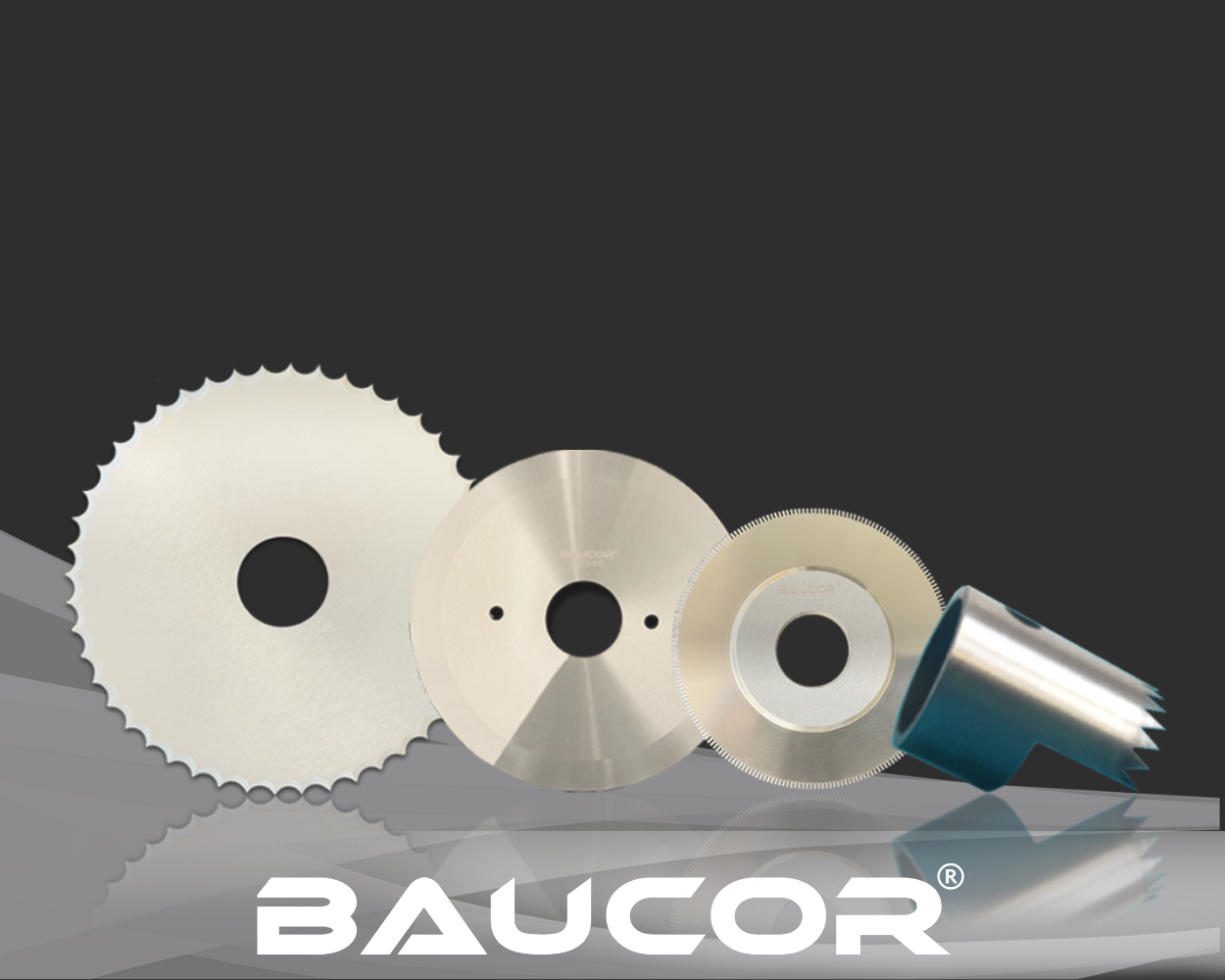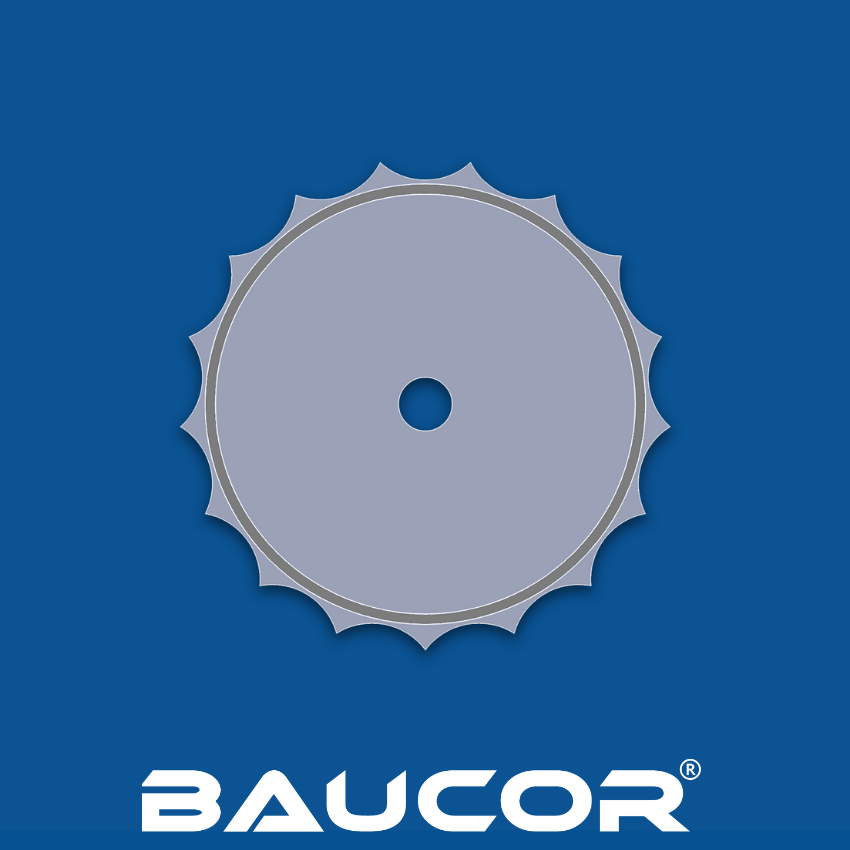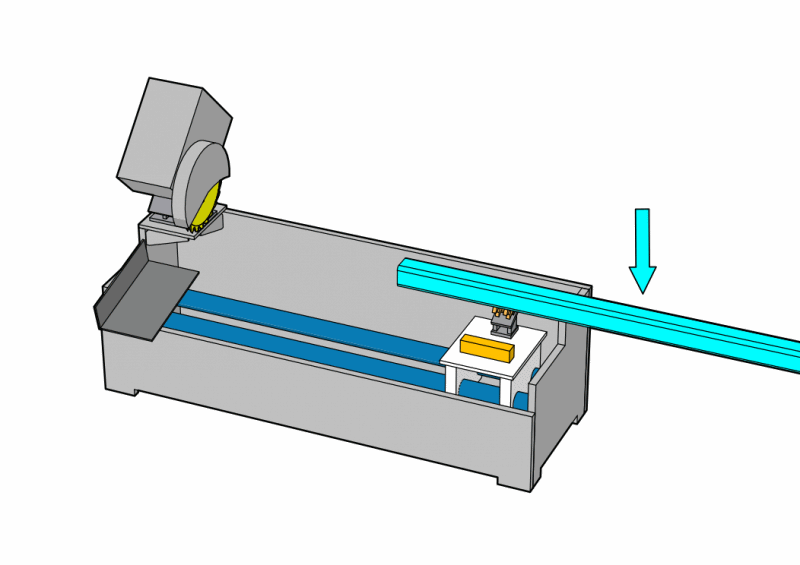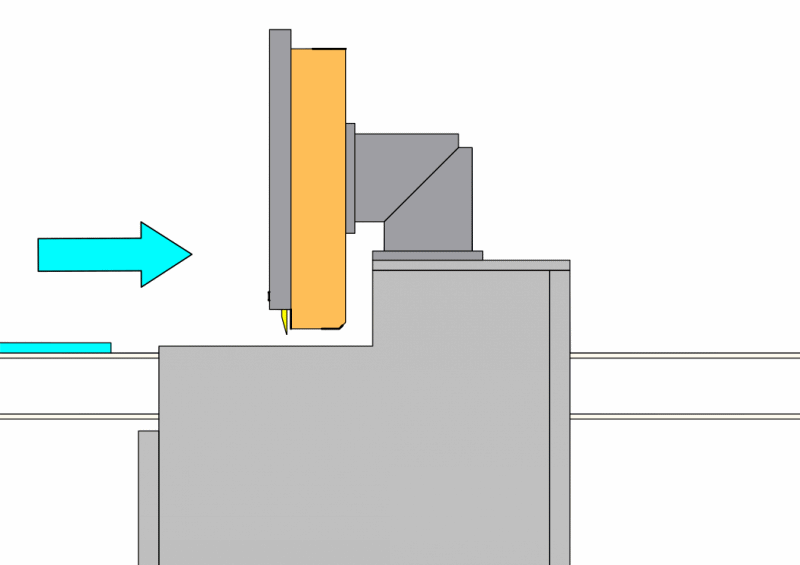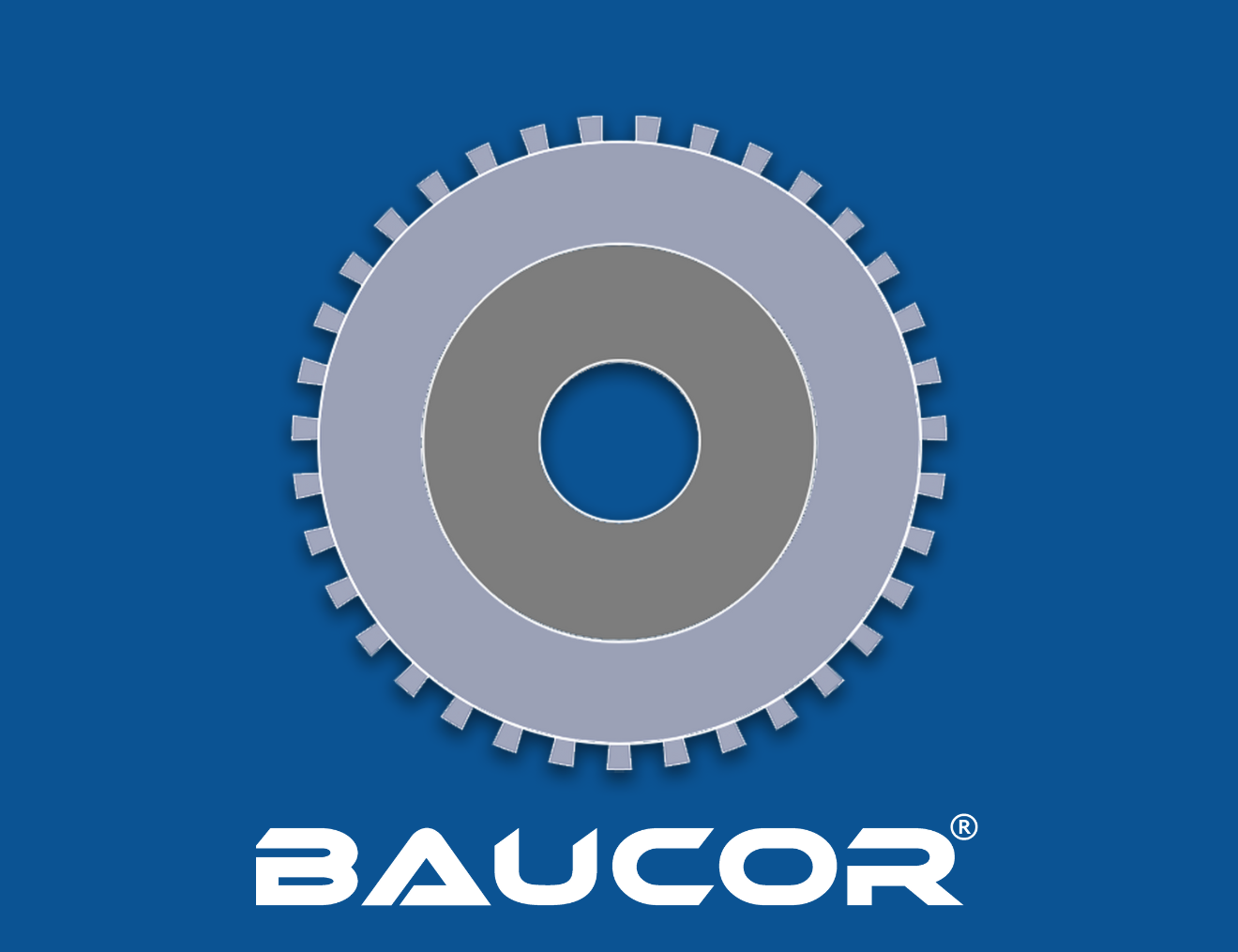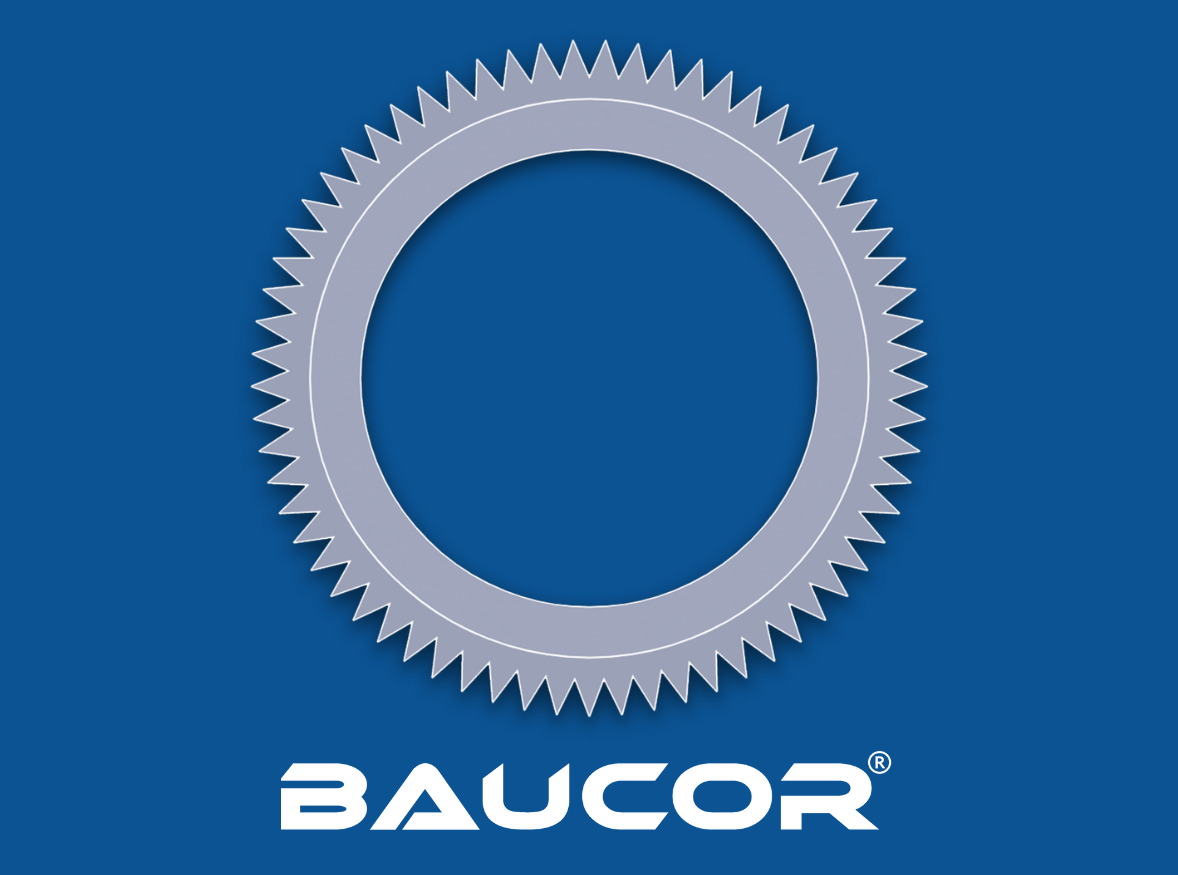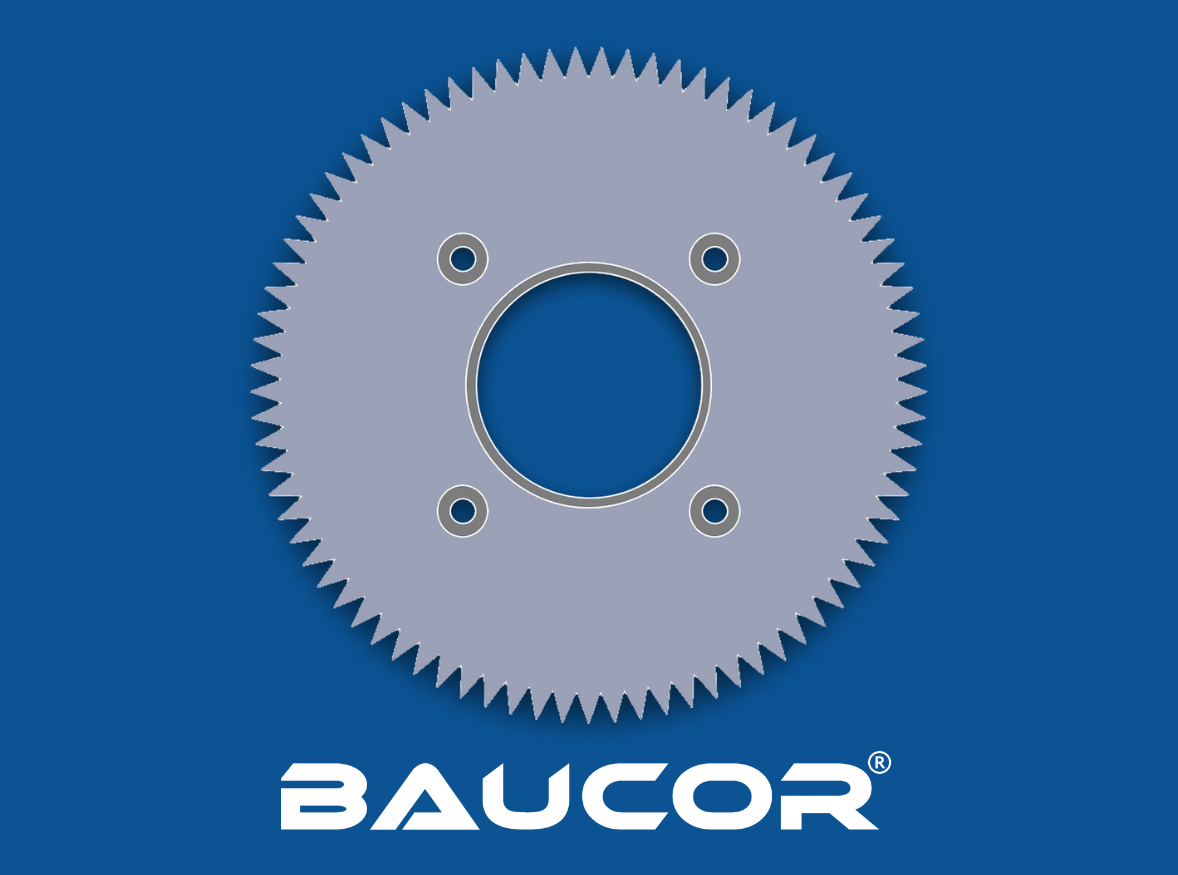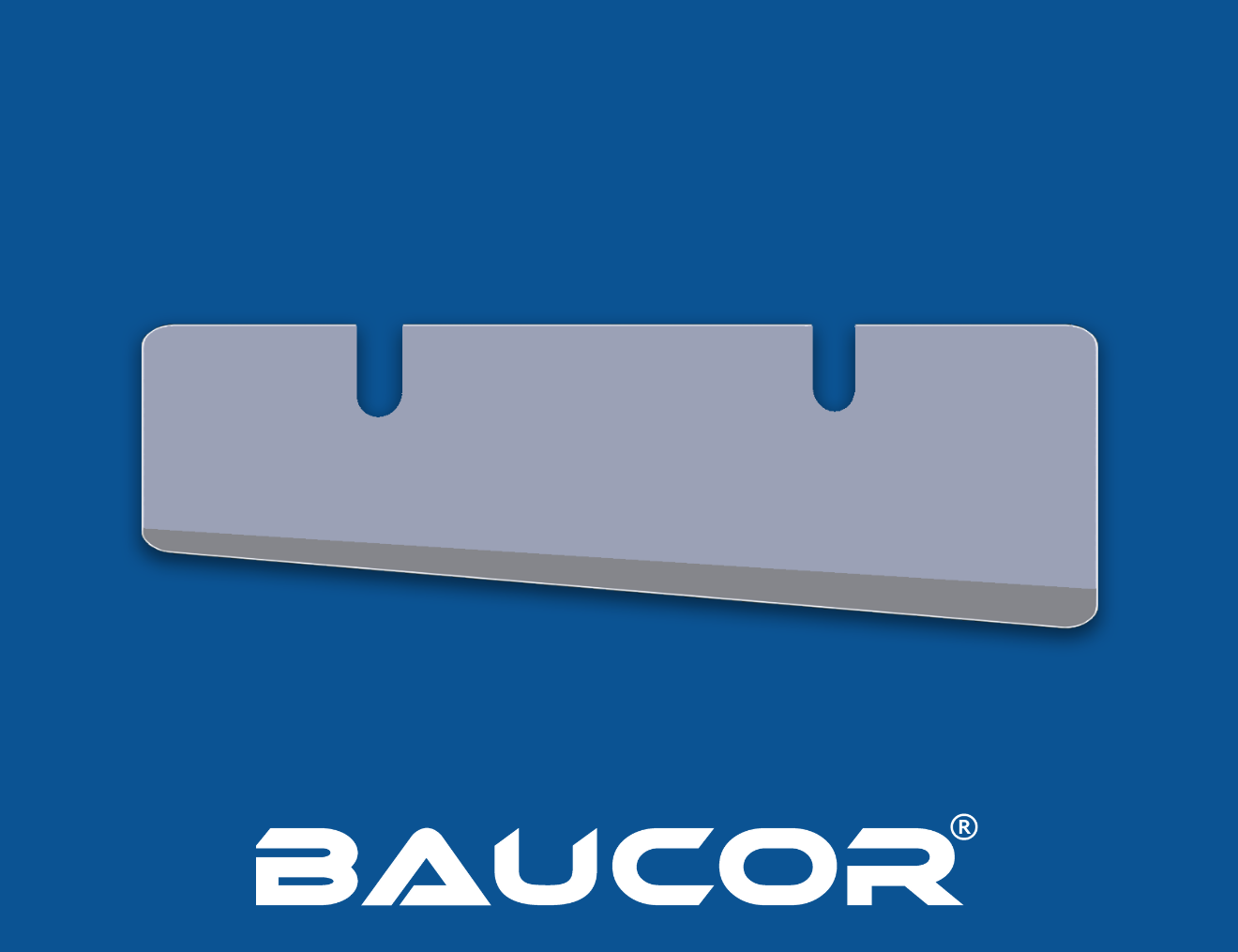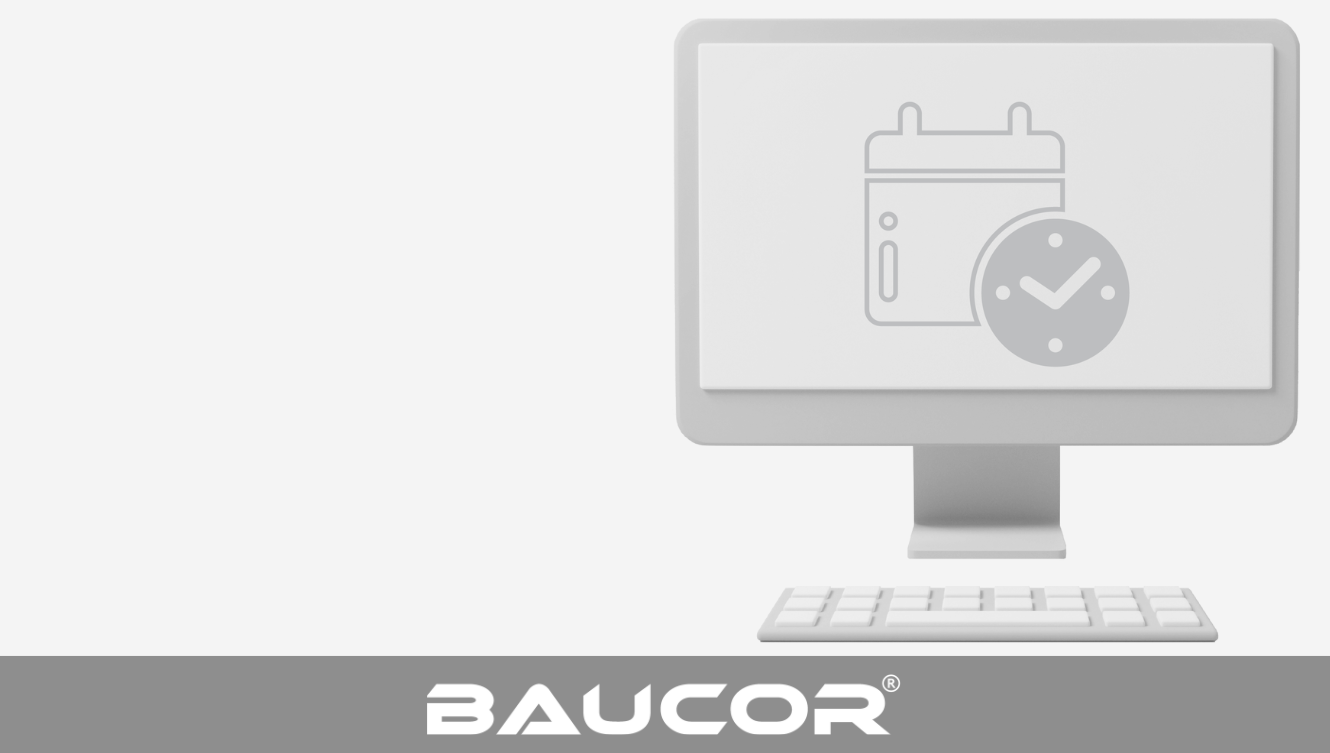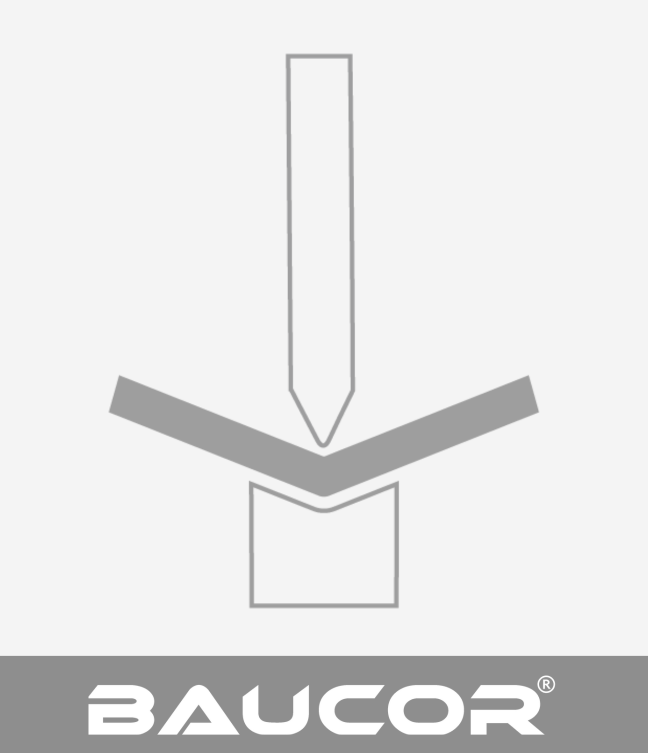A serrated blade has a serrated or toothed edge. The serrations can be applied to one or two sides of the blade. They can be coarse or fine and can vary in number. The most common serration pattern is the wave, but there are other patterns.
The purpose of the serrations is to provide a more excellent cutting surface and to make the blade more effective at cutting through tough or fibrous material.
Baucor manufactures and supplies both standard and custom serrated knives and blades for all kinds of use including food processing such bakery, poultry, meat processing and packaging as well as many other industrial uses. Regardless of industry, our serrated knives and blades are made from quality ground hardened tool steels, stainless steel as well as tungsten carbide.
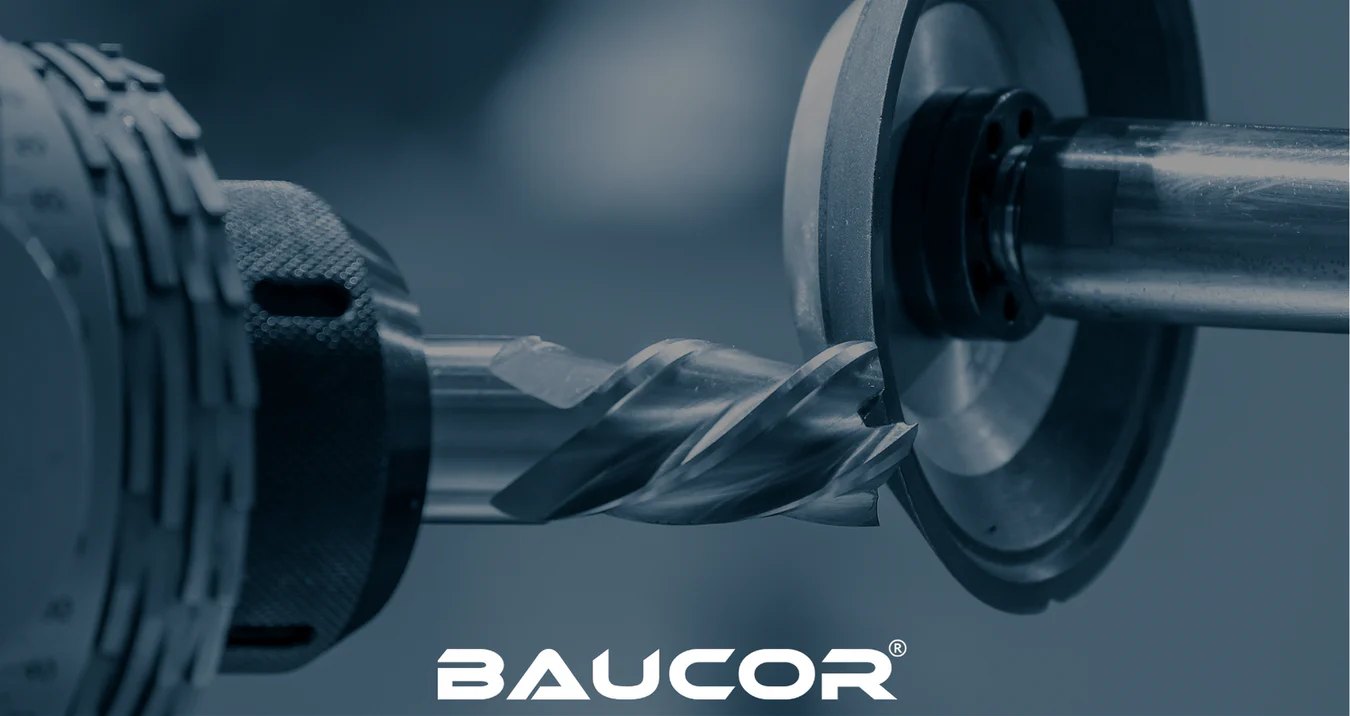


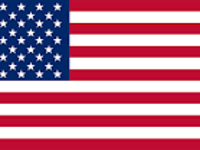 English
English